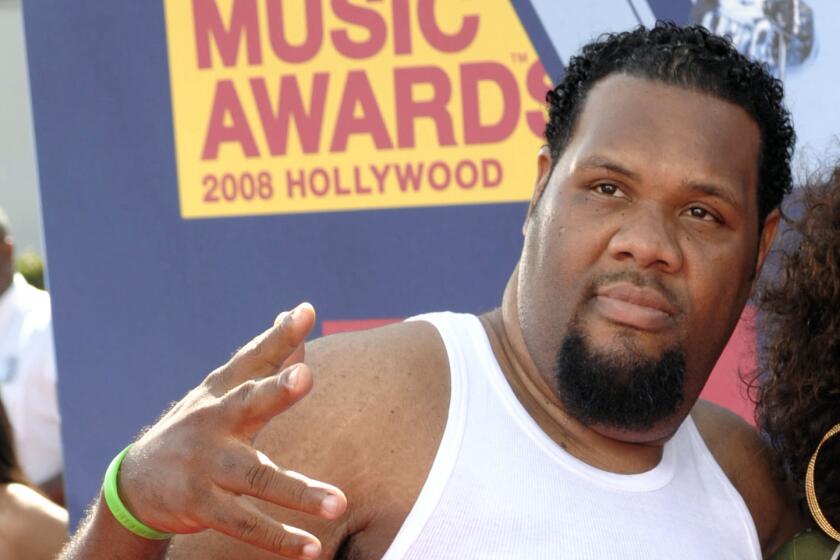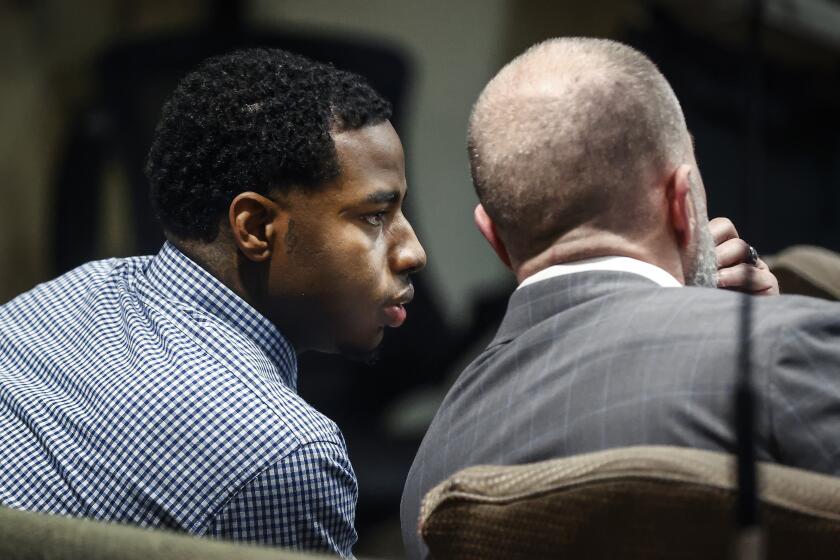World’s Most Notable Song Was Born in Austria
Whether a busy little mouse was partly responsible for the greatest Christmas carol of all, or whether the unassuming little theme covered the globe on its own steam to become perhaps the world’s most notable song, “Silent Night” has hit the daily news columns in this tiny town 19 miles north of Salzburg.
“Silent Night,” born in Oberndorf where it was literally slapped together in just a few hours, had its world premiere in St. Nicholas Church on Christmas Eve in 1818.
The composer played a guitar and sang bass, while the priest who wrote the words sang tenor, accompanied by a small, four-part harmony chorus that warbled the simple verses.
Such was the humble birth of “Silent Night,” three six-line stanzas then called simply “Canto No. 2,” andante.
Ordinarily, that might have been the last time anybody would have heard the song, as it could have quietly fallen into the limbo of forgotten melodies, if fate hadn’t somehow shaped its destiny.
Although this year marks the 200th anniversary of the birth of the composer, Franz Gruber, many people in Oberndorf are bothered by the fact that “Silent Night” is played too often, too soon before Christmas and in too many places at the wrong time.
So the board of directors of the Silent Night Society has sent out notices for 1987, asking that the beloved melody not be played every-which-way-and-where until Christmas Eve, and then primarily in churches or at Masses--no doubt the original intent of the collaborating songwriters.
Songwriters Memorialized
The man who wrote the words was a young parish priest, Joseph Mohr. He and his partner are properly memorialized in a statue here by the Salzach River bridge that leads to Germany.
The sculpted relief shows Gruber playing the guitar and looking over the shoulder of Father Mohr, whose hand is giving a benediction. Below is a caption, dated 1968, telling about the 150th jubilee of “Stille Nacht, Heilige Nacht” (as “Silent Night” is known in German), which is sometimes erroneously attributed to Haydn or Haydn’s brother.
The original St. Nicholas Church, where the immortal tune was first played at midnight Mass, is no longer standing, and on its site Oberndorf put up a Silent Night Chapel that was completed in 1936.
It is a small place of worship that seats only 23 and is adorned with stained-glass windows that show the music teacher Gruber in his school and Father Mohr in his church.
More spectacular, however, is the beautiful Nativity scene dominating the chapel--which tourists can visit throughout the year, except for Christmas Eve Mass, when only special guests are invited.
“Silent Night” had its birth as a result of an organ that had gone kaput--either because a mouse had gnawed away at the organ’s vitals (the most accepted legend here) or because of erosion from the Salzach River.
Wanting to say Midnight Mass on Christmas Eve with a piece of music that could be played on any instrument other than an organ, Father Mohr asked his friend on Dec. 24 to write the music for some religious poetry he had jotted down. Within a few hours Gruber had come through with a melody.
After the yuletide season was over, a well-known organ builder from the Tirol, Karl Mauracher, was called in to repair the frayed leather bellows. As part of his payment for putting the organ back into shape, Mauracher received a copy of the sheet music to take home.
Impact on the World
Totally unaware of the impact this simple piece of paper was to have on the world, the organ mender showed the Christmas hymn to some of his clients in the Tirol, who in turn copied it for a try on their own church organs.
One of those extra copies came into the hands of a group of glove makers, the Strasser Sisters, who used to travel all over Germany selling their handmade gloves at fairs.
To attract buyers to their booth, the Strasser Sisters would sing Austrian songs, one of which was Gruber’s little air. The song, however, only clicked big in 1831, when at the Leipzig Fair the Strassers’ delivery of the music--then known as “Christmas Song”--caught the fancy of the Duke of Leipzig.
Impressed, he invited the singing sisters to visit his court and present it at a party for his guests.
Eventually the song reached the ears of King William I of Prussia, and he turned out to be the best song plugger of all. When he became Emperor of Germany, King William urged that the song be played during the year-end feasting, both in the Protestant north as well as in the Catholic south.
The new ditty took wing and ever since, “Silent Night” has never been silent.
More to Read
The biggest entertainment stories
Get our big stories about Hollywood, film, television, music, arts, culture and more right in your inbox as soon as they publish.
You may occasionally receive promotional content from the Los Angeles Times.










